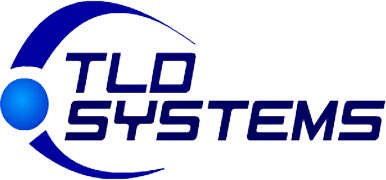- Helping you with HIPAA Security Solutions.
Coding

Coding
What is a UPIC Audit and How Serious is this Audit?
What is a UPIC Audit and How Serious is this Audit?
Read More

Coding
Coding Pearls - Post Operative Infection
“I have a patient who had a bunionectomy. The patient was diagnosed with a post operative infection within the global period which required evaluation and management. I billed for an office visit, but Medicare will not pay. What am I doing wrong? I used 24 as a modifier.”
Read More

Coding
Coding Pearls - Audit Of L1951
“I have had a RAC audit for a L1951 (from performant) claiming an overpayment stating, “the custom- fitted orthosis did not include a detailed description of the necessary modifications.” L1951 is a prefab which does not require modifications. Where can I go to get any documents (Medicare preferred) stating that L1951 is prefab and as such does not require modifications to respond to this demand?”
Read More

Coding
Coding Pearls - Coding For Multiple Complaints
“Can I bill a level 4 E/M code if a patient presents with multiple unique, separate identifiable complaints that I am treating? For example: A patient comes in with complaints of a hammertoe and plantar fasciitis. I am treating both. Can I code a level 4 code and be justified based on the time?”
Read More

Coding
Coding Pearls - Routine Foot Care and Heel Pain
“I saw an established patient who returned to the office for At Risk,” Routine Foot Care. The patient also had a new complaint of heel pain. I obtained X-rays the foot and gave a steroid injection in the heel. Can I bill for the Routine Foot Care and those treatments as well?”
Read More

Coding
Coding Pearls - Nonunion of a Lapidus Bunionectomy
“I performed a Lapidus bunionectomy that went on to a subsequent nonunion of the arthrodesis site. We are planning a return to the operating room to revise it. Any suggestions on the best ICD-10 code and best CPT code to use in this situation?”
Read More

Coding
Coding Pearls - Issues with the Radiology Department
“My clinic is at the local hospital. I send X-rays to the radiology department. They are eventually read by a radiologist. However, I actually evaluate the x-rays and interpret them myself. Can I bill that component of the radiology fee? And if I do, will it affect the radiologist reimbursement?”
Read More

Coding
Coding Pearls - ABNs and CPT 11750
“I have a question concerning Medicare’s rules when billing for repeat CPT 11750. What is the recommendation for billing these for a regrowth following a previous CPT 11750? In another scenario, on the same subject, what if the procedure needs to be performed on a nail border that is adjacent to one that was already billed? Can and should we use an ABN and upon denial, bill the patient?”
Read More

Coding
Coding Pearls - The Basics of Fracture Treatment Coding
“How are fracture care codes used? If a patient comes into the clinic with a fracture that you plan on eventually operating on, can you bill a closed fracture care code and then bill the surgical code when the open reduction and internal fixation is performed in the operating room?”
Read More

Coding
Coding Pearls
“So, to be clear you can never use L3000KX for a diabetic with neuropathy and diabetic ulcers even if secondary will pay.”
Read More

